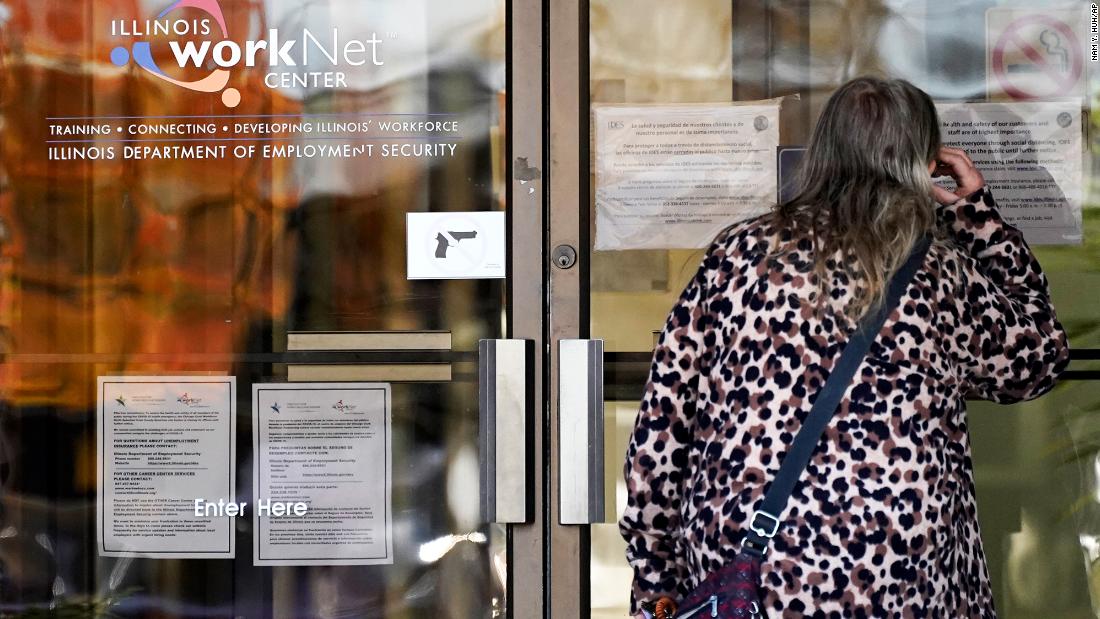Key pandemic relief programs are set to expire at the end of the year. No one knows what’s next.
While Congress moved swiftly to deliver trillions of dollars in pandemic relief programs when the country first shut down in March, a lot of those benefits have already lapsed.
Trump sidestepped Congress to extend some aid using executive actions over the summer. But now, even those programs have stopped or are coming to an end — just as the country faces a deadly surge of the virus and the threat of renewed shutdowns.
Here’s what’s at risk if no one acts:
Expanded unemployment benefits
As part of the historic broadening of jobless benefits under the CARES Act, lawmakers created three programs to help out-of-work Americans. While the $600 payment enhancement lasted only four months, the other two run through the week ending December 26, which is the last weekend of the year.
The Pandemic Unemployment Assistance program allows independent contractors, the self-employed and gig workers to qualify for payments. It also opens up the program to those who can’t work because of the pandemic, including if they or family members are ill or quarantining or if their children’s schools are closed.
An estimated 7.3 million Americans will lose these payments at the end of the year, according to a new analysis from The Century Foundation.
Also, Congress created the Pandemic Emergency Unemployment Compensation program, which provides an additional 13 weeks of federally paid benefits to those who run out of state payments, which typically last 26 weeks.
Nearly 3.6 million Americans had been out of work for at least 27 weeks in October, a stunning jump of nearly 50% from September, according to the latest jobs report from the Bureau of Labor Statistics. They now account for a third of the unemployed, up from less than a fifth a month earlier. And the number is expected to increase in coming months, especially as hiring slows.
More than 4.6 million workers will have these payments halted at the end of the year, even if they haven’t received all 13 weeks, according to The Century Foundation analysis.
Just under 3 million of them will be able to transfer to the extended benefit program, which provides up to 20 weeks of benefits in states with high unemployment rates. Funding for this program is typically split between the states and the federal government, but the latter has picked up the entire tab during the pandemic — a measure that also expires on December 31.
Student loan payment pause
Initially, the relief — which was included in the $2 trillion congressional stimulus package — was set to expire at the end of September. But Trump later moved the date to December 31 by executive order.
Eviction protection
Paid family leave
However, the payments are capped, and small businesses can apply for waivers from the provisions affecting workers whose children’s schools have shut down.
Those benefits also are set to expire on December 31.
Coronavirus relief funds for states
Congress provided $150 billion to state and local governments to help them cover coronavirus-related expenses. But states have to use those funds by December 30.
States are on track to expend all the funds by the deadline, according to a National Governors Association survey of 42 states and territories. Most of the money has been used for health-related expenses, economic relief, education and child care, and government expenses.
However, governors have repeatedly requested that they have more time to use the money and that they also be able to spend it on budget shortfalls, not just pandemic costs. So far, Congress has not complied.
CNN’s Anna Bahney contributed to this report.
![]()


